What is a document camera and how do I connect it?
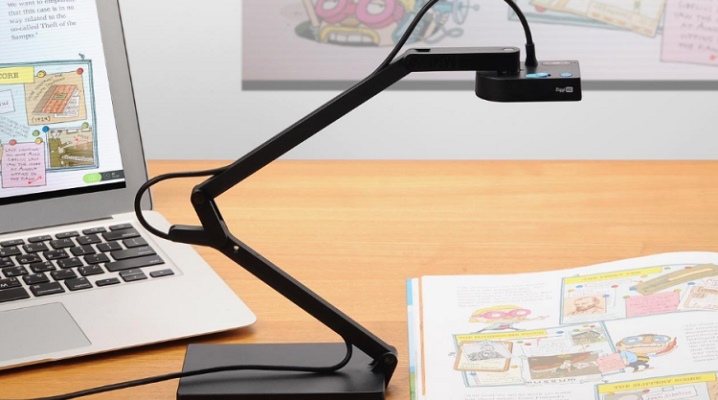
The first visualizers appeared on the market in the late 1980s. last century, and they were immediately classified as the most anticipated sensations. By this time, the popularity of traditional video projectors began to decline rapidly, nevertheless, the need for a high-quality presentation remained. That is why, when in 1988 two companies presented their new demonstration devices at once, which later became known as “document camera”, it turned out to be in the top ten.
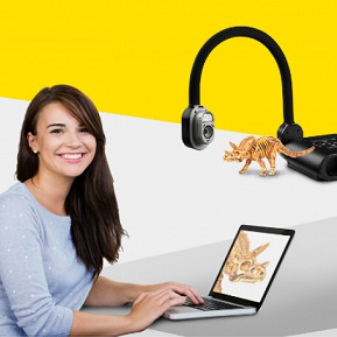
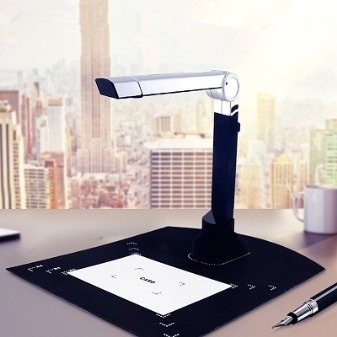
What it is?
The document camera is a device that allows you to shoot any objects placed under it, as well as to carry out the subsequent transfer of the resulting images to a personal computer or any other multimedia projector. With the help of a document camera on a large monitor, you can show a page of a student's notebook, books, a map, any photograph, as well as preparations for laboratory experiments.
This is a very relevant invention, since the speaker who speaks to the audience needs not only to clearly and clearly convey the material, but also to illustrate it - this is where Visualizers are indispensable.

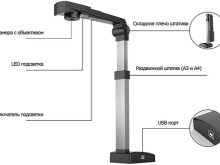
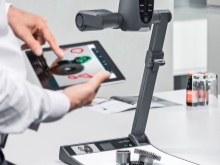
This device has many advantages.
- Option save acquired images in internal memory for any further playback.
- Facilitating preparation for seminars and practical exercises - the teacher or presenter should no longer waste time preparing handouts and distributing them to the audience.
- Combining opportunities an internet camera and scanner for displaying streaming video.
- The presence of the option to increase the details of the image - this is especially important if you have to show small images.
- Convenience and ease of management, which is carried out using the buttons or through the remote control.
- Mobility - the vast majority of cameras are compact and lightweight, so you can always take them with you to any traveling seminar or presentation.
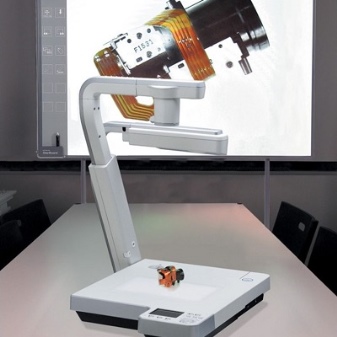

Where is it applied?
Nowadays, the demand for demonstration equipment is only gaining momentum. Today Visualizers are used on a daily basis:
- during the educational process, for example, when conducting practical exercises and presentations in schools, secondary specialized and higher educational institutions, as well as in training centers;
- when recording training presentations and videosdesigned for distance learning;
- at symposia, seminars, trainings and production meetings as part of any videoconference;
- during the trial to display material evidence and important documents;
- in medicine for remote data exchange between several consultants in order to clarify the diagnosis and develop optimal treatment regimens for the patient;
- as an aid to people with vision problems - such a device allows them to view images, read newspapers and magazines without any discomfort;
- in cartography, as well as geology and some other industries.
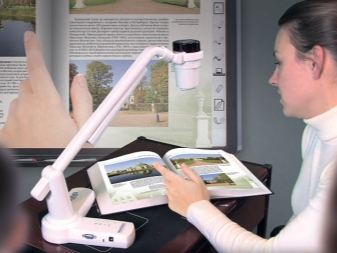
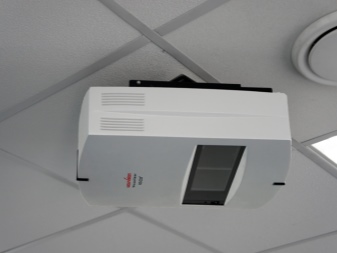
Species overview
Portable
Mobile devices are the largest on the market. Their weight does not exceed 3 kg, they are compact, so when folded they can be easily put into a drawer.In addition, modern document cameras additionally provide a transport position that provides for a minimum of any protruding elements. This makes the models comfortable to carry, for example, from one training room to another. As for the functionality, then all modern portable installations are almost as good as more expensive desktop versions.


Stationary
Stationary models differ in their size. Most often they are represented by desktop solutions, however, at their traditional workplace among notebooks, books, manuals, they are unlikely to find enough space - most often they need a separate table. The weight of desktop devices starts from 5-6 kg. Since mobility is no longer in question in this case, you can always use powerful optics, which gives a 10x image - the optics are quite heavy, so powerful mechanical tripods are used to support it.
Most often, bright side lamps are attached to them, allowing them to illuminate objects - this product is very different from the compact and relatively low-power LEDs of portable cameras.
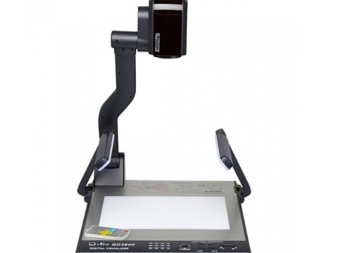
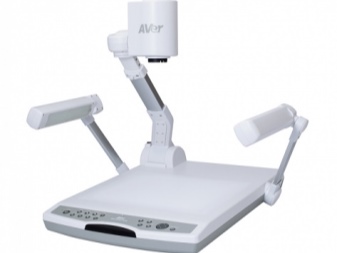
Ceiling
These visualizers are used to display brochures, X-rays, slides, other documents, and any product samples.
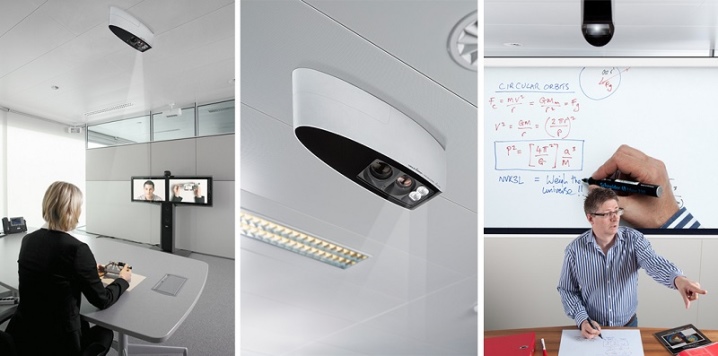
Popular models
We offer a short overview of the most popular visual camera models.
AVer Vision U50
This is one of the most convenient portable document cameras around. The resolution is 5 megapixels, there is a built-in microphone, and the possibility of video recording is provided, the frequency of which is 30 frames per second. Thanks to this, the camera can be used not only for work with documentation, but also for video conferencing. The device has a fast autofocus option and also allows 8x digital zoom. The device is often used in conjunction with an interactive whiteboard - for this they use plug-ins AVerVision Flash or A +. They allow you to record audio and video content in real time, as well as capture the highest quality image.
With the help of special software, you can work with various image effects, for example, freeze a specific frame of a footage or make an image black and white. If desired, you can adjust the white balance and exposure, as well as ensure that the program automatically adjusts the necessary parameters. The device has a flexible stand and an LED lamp, and a handle is provided for maximum ease of movement. Supported work with operating systems Windows and MacOS.
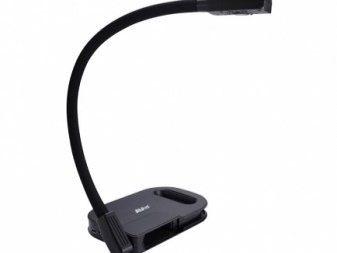
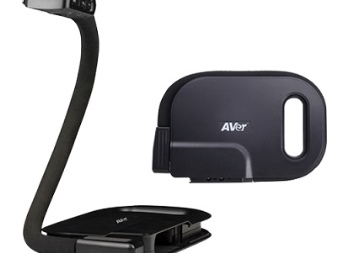
Elmo MX-1
This camera combines compact size and great features, its resolution is 4K, video recording is made at 60 frames per second, all video objects are broadcast on the display without time lag. The basic options of your document camera can be controlled either from the panel or from your computer.
There is a possibility of additional installation of any software that allows you to increase the functionality of the product. The document camera head can be rotated in all directions, which, when combined with a height-adjustable tripod, makes it easy to adjust to the desired position.

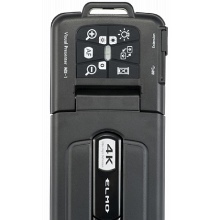
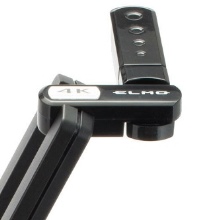
Doko DC1310F
This camera is a state-of-the-art model that enables effective material presentation. It is usually used in educational institutions, during office presentations, at exhibitions and all kinds of auctions. The camera has a matrix with a resolution of 13 megapixels, optical zoom, and its own 10x magnification. The matrix with the lens can be adjusted automatically, so you can achieve instant sharpness of the image.
In low light conditions, all automatic parameters slightly reduce the quality of the shooting, but users can always correct the parameters manually.The necessary modes are set using the buttons located on the base of the document camera.
The system supports Full HD resolution, which allows you to save all information without losing quality.
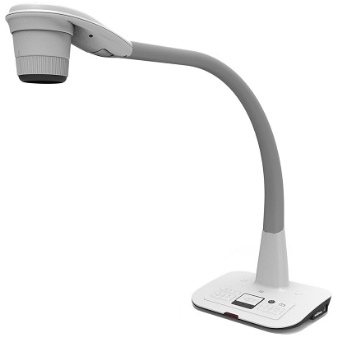

Selection Tips
There are various types of document cameras on the market today: with a connection to mobile devices, with 2 USB, with a CMOS matrix, with a VGA-input, with support for WMV format, with SXGA resolution, with audio capture, with Ethernet support, with a sensor , HD 1080P and many more models. In order to purchase a document camera that will fully meet all your requirements and wishes, special attention should be paid to such important criteria.
- Availability of outputs - computer (VGA / DVI) and television (Composite (VHS) and S-Video (S-VHS). Whereas in the past the manufacturers of visualizers limited themselves to installing only TV outputs, nowadays there are often products on sale that do not have the ability to connect the system to a TV. This greatly reduces the applicability of the Visualizer.
- VGA video input - allows you to broadcast a video signal from a PC to a projector or an interactive whiteboard. Thanks to this design, the device has the ability to connect a video projector to a computer via a document camera and transmit video without distortion.
- Matrix resolution - taking into account the fact that the standard VGA resolution of most video projectors is 1024 × 768, the required number of elements for the recording matrix should be at least 790 thousand. Accordingly, the higher the last digit, the sharper the transmitted map will be.
- Analog and digital optical zoom - this option greatly increases the detail of the demonstration of a new object, it is used to display microtexts or small items.
- Availability of USB interface - allows you to use a document camera as a computer web camera for shooting any volumetric objects with the further saving of the resulting images.
- Swivel head - This option allows the user to show objects that are on the sides of the Visualizer.
- Extendable or swivel tripod - in this case, you can always change the distance from the lens to the subject, thereby increasing or decreasing its image.
- Built-in backlight - a similar function allows you to display images in dimly lit or darkened rooms.
- Inner memory - assumes the possibility of saving a certain number of images of captured objects for the purpose of their further demonstration.
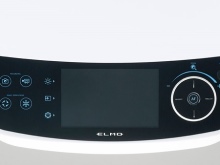
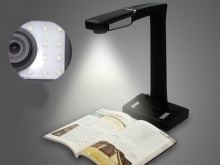
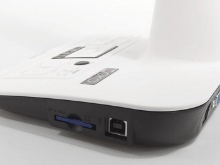
Operating rules
Like any other technique, the document camera requires the most careful handling.
- You need to store it in a dry placeprotected from moisture, falls and mechanical shock.
- To clean the lens, you can use only soft wipes and special formulations, which are sold in specialized stores. Avoid using abrasive products and hard metal brushes.
Following these simple rules will keep your camera working for a long time.

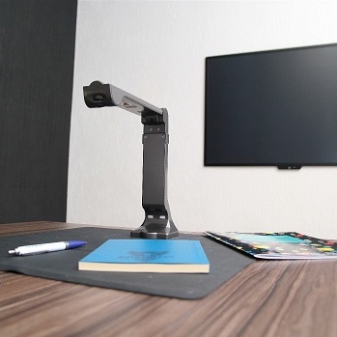
To learn how to work with the document camera MT 130 of the GK LEADER, see the following video.













The comment was sent successfully.